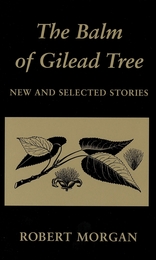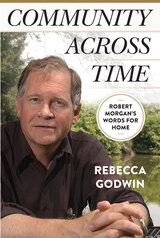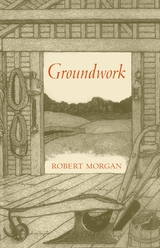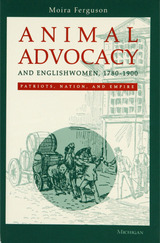
Published in 1999 by Gnomon Press
In The Balm of Gilead Tree, acclaimed author and poet Robert Morgan presents a masterful collection of seventeen short stories—ten new and seven selected from earlier volumes—that illuminate the lives of working-class people in the American South, particularly in the Appalachian region. With lyrical precision and deep empathy, Morgan explores themes of hardship, resilience, and transformation across generations.
From the haunting historical imagination of “The Tracks of Chief de Soto” to the visceral immediacy of “The Ratchet,” where a truck driver faces a terrifying descent with failed brakes, Morgan’s stories are rich in sensory detail and emotional depth. Characters grapple with environmental peril, economic uncertainty, and the quiet dramas of rural life, all rendered with Morgan’s signature clarity and reverence for the natural world.
This collection affirms Morgan’s place as a vital voice in Southern literature, offering readers both the balm of storytelling and the grit of lived experience.

One of the first book-length considerations of the Appalachian writer Robert Morgan.
One of the first book-length studies of Robert Morgan, Community across Time considers the Appalachian writer’s explorations of memory, family history, and landscape. It provides a study of all of Morgan’s fiction to date, as well as a chapter on his poetry and some reference, where appropriate, to his nonfiction. Rebecca Godwin examines the family history that informs much of this body of work, offering an extended biographical essay that ties characters and plot details to Morgan’s ancestors’ lives and to his own experiences growing up in the Blue Ridge Mountains.
Religious rifts, economic hardships, class conflicts, the place of women and Indigenous peoples, and the failure of humans to recognize the divinity of the natural world are among the motifs centering Morgan’s writing. Community across Time explores those themes as it looks to Morgan’s relationship to the Appalachian South.

Published in 1979 by Gnomon Press
In Groundwork, Robert Morgan offers a vivid poetic excavation of Appalachian life, memory, and landscape. Drawing deeply from his upbringing in the Blue Ridge Mountains of North Carolina, Morgan crafts a collection that is both intimate and elemental. These poems explore the textures of rural existence—its labor, rituals, and natural rhythms—through language that is spare, musical, and richly evocative.
Morgan’s verse is rooted in place, yet it transcends regionalism through its mythic resonance and emotional clarity. He sifts through family lore, childhood recollections, and local history to recover what he calls “pieces of the morgenland”—a personal and cultural terrain shaped by hardship, resilience, and wonder. The poems in Groundwork are populated by grandparents, farmers, and mountain folk, rendered with a quiet reverence that elevates the everyday to the numinous.
This collection marks a foundational moment in Morgan’s career, establishing the poetic voice that would inform his later fiction and nonfiction. With titles like “Mountain Bride,” “Burning the Hornet’s Nest,” and “Baptism of Fire,” the poems evoke both the physical and spiritual dimensions of Appalachian life. Groundwork remains one of Morgan’s most concentrated and enduring tributes to the Southern mountains and their people.
Essential for readers of American poetry, Appalachian studies, and environmental literature, Groundwork is a lyrical testament to the power of memory and place.
READERS
Browse our collection.
PUBLISHERS
See BiblioVault's publisher services.
STUDENT SERVICES
Files for college accessibility offices.
UChicago Accessibility Resources
home | accessibility | search | about | contact us
BiblioVault ® 2001 - 2025
The University of Chicago Press









